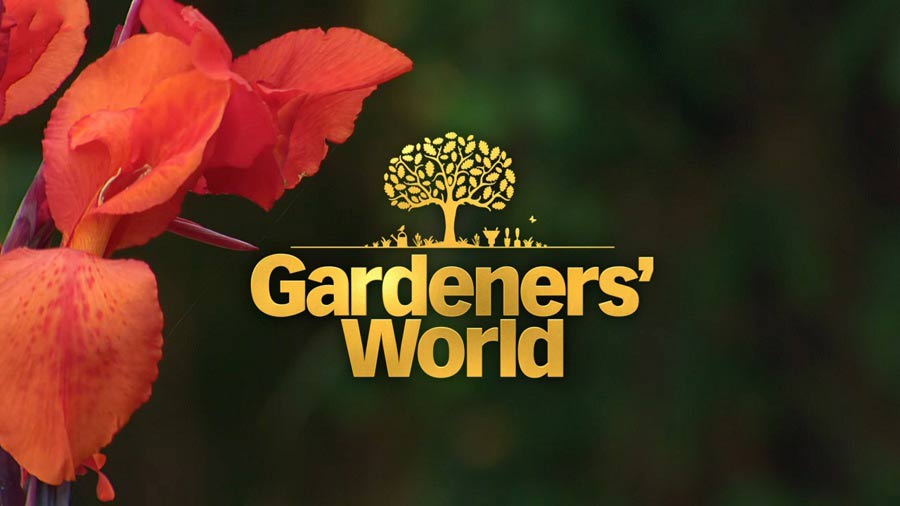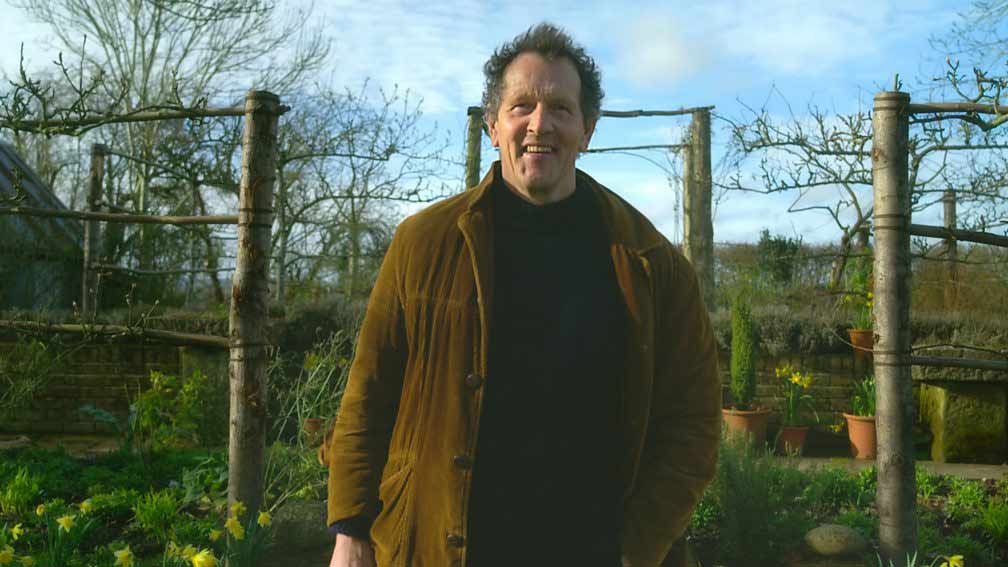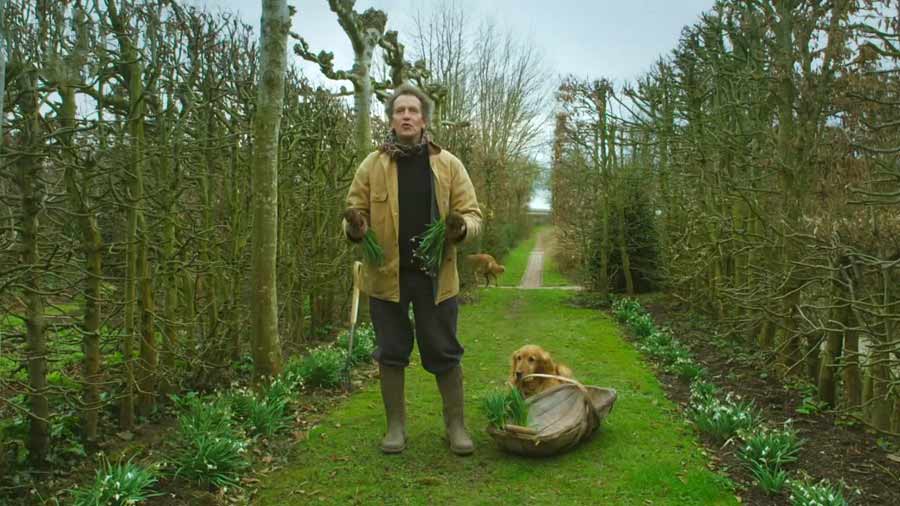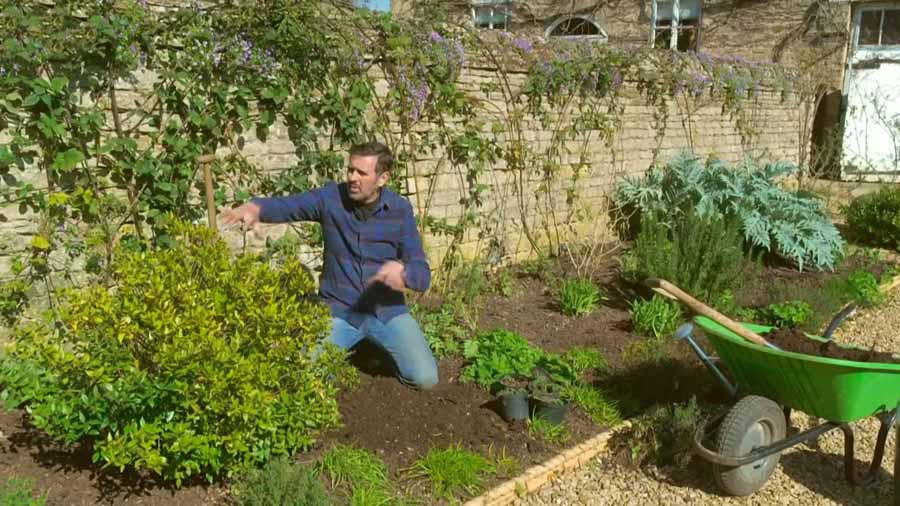Gardeners World episode 28 2020: Join Adam Frost in his garden for a special programme celebrating some of the most glorious gardens the team have visited over the last few years, with plenty of seasonal hints and tips for what we can be doing in our own gardens this weekend.
Frances Tophill visits a lochside retreat, Joe Swift finds lots of take home tips from a city garden, Carol Klein is inspired by plant combinations in West Yorkshire, and Advolly Richmond shows how a historical landscape was designed for fun and frolic.
The team also meet a couple who let nature be their gardening guide and a gardener who makes containers her focus of attention.
Gardeners World episode 28 2020
Across the country `Gardeners’ World’ presenters, from their own gardens and homes, give advice and share their knowledge to enable people to get the most out of their gardens. For further inspiration, professionals, horticulturists and hobby gardeners provide fellow green-fingered enthusiasts with useful tips and suggestions, no matter the size of garden or level of expertise. Whether it is creating depth in a small, backyard garden or how to make the most of the latest spinach crop with homemade pesto, presenters prove that the possibilities are endless for any gardener and garden.
Container gardening
Growing plants in containers is a great way to bring life and colour into otherwise dull spots in your garden. Patios, balconies and window boxes are all places where plants can be easily introduced in containers. Plants in containers do require more care than those in gardens, but by following our advice you will find this easy.
Almost any type of plant can be grown in a container. Generally, the bigger the pot and the plant, the easier it is to care for. Soft, fleshy, leafy plants such as tomatoes and fuchsias are more demanding than ‘leathery’ plants such as pelargoniums (tender geraniums) or lavender.
Planting
Plant in early spring so that plants quickly grow roots and become established. Autumn planting may lead to losses from waterlogging and evergreens may deteriorate over winter from dryness at the roots or wind-burn of the foliage.
Watering
Watering is one of the most important jobs when growing plants in containers. Roots need a balance of air and water to grow well which is easy to provide if you have a good quality compost or soil. Plants don’t grow well if their roots are in very wet compost (not enough air) and plants will often benefit if the compost is allowed to dry a little between waterings. See the advice below on summer care and winter care for information on watering plants in containers. How much you need to water is very weather dependant.
Growing ferns
Low-maintenance and tolerant of a wide range of soil conditions, ferns complement any shade plant combination. From tiny specimens grown in walls to the royal fern at six feet tall, there’s room for ferns in every sized garden. Most ferns are easy to grow and will thrive in any moist, well-drained, shady site in well-dug, humus-rich, neutral to alkaline soil. However, those such as the royal fern Osmunda regalis, require neutral to acid soil.
Feeding and watering
Ferns do not usually require feeding when planted in the open garden, but mulches such as well-rotted farmyard manure will condition the soil and give a boost to growth. Where soil conditions are particularly poor a well-balanced fertiliser, such as Growmore or fish, blood and bone can be added in spring. Water when necessary, but apply to the roots and not directly to the fronds or crown as this can encourage rot.
Containers
Ferns make good companions for other hardy perennials in containers. Use a mix of 3 parts peat-free multipurpose compost, 1 part John Innes No 3, and 1 part gritty sand by volume. When first potting the ferns, incorporate a controlled–release fertiliser. The following year use a general fertiliser such Miracle-Gro during the growing season.
Pruning and training
Little pruning is needed but do remove any dead or unsightly fronds before the new crosiers (unrolling leaf tips) appear. Clear away any debris to encourage good air circulation.
Ornamental grasses in Gardeners World episode 28 2020
Ornamental grasses can be used to great effect in our gardens, from providing a calming presence to more exuberant flowering plants to being the only focus of the design. There are grasses for damp or dry soil, shady as well as sunny situations. Many are ideal for gravel gardens, prairie planting, wildlife gardens and are great to add to the cutting garden; others perform well in containers.
Ornamental grasses tolerate a wide range of conditions, but most like an open sunny position in light, moist but well-drained, moderately fertile soil. They do not need much feeding; this can encourage lush foliage at the expense of flowers. One application of a balanced fertiliser in spring is adequate.
Container cultivation
Grasses are good plants for containers. Use loam-based compost such as John Innes No 2 with 20 percent loam-free compost to lighten the mix. Evergreen grasses such as Carex combine well with winter bedding to give height and a contrast in texture.
Pruning and training
The foliage on deciduous grasses can be left until February for its structure and movement in the depths of winter when any contribution to interest in the garden is welcome.
Cutting back
Ornamental grasses fall into two main groups, evergreen and deciduous. Deciduous grasses need cutting back annually so that they will look their best. Evergreens just require a tidy-up.
Moss in Gardeners World episode 28 2020
Mosses are important ecologically as one of the first colonisers of bare ground. They absorb huge quantities of water, helping to soak up rainfall and create a locally humid environment. They also act as an important home for other creatures. These are mainly invertebrates and include species like woodlice and slugs. In my garden, moss is constantly ‘on the move’ as the blackbirds tug it up looking for a tasty meal underneath. Moss is also home to a host of microscopic invertebrates such as rotifers, tardigrades and nematodes.





Pingback: Gardeners World episode 29 2020 — HDclump — Gardeners’ World 2020